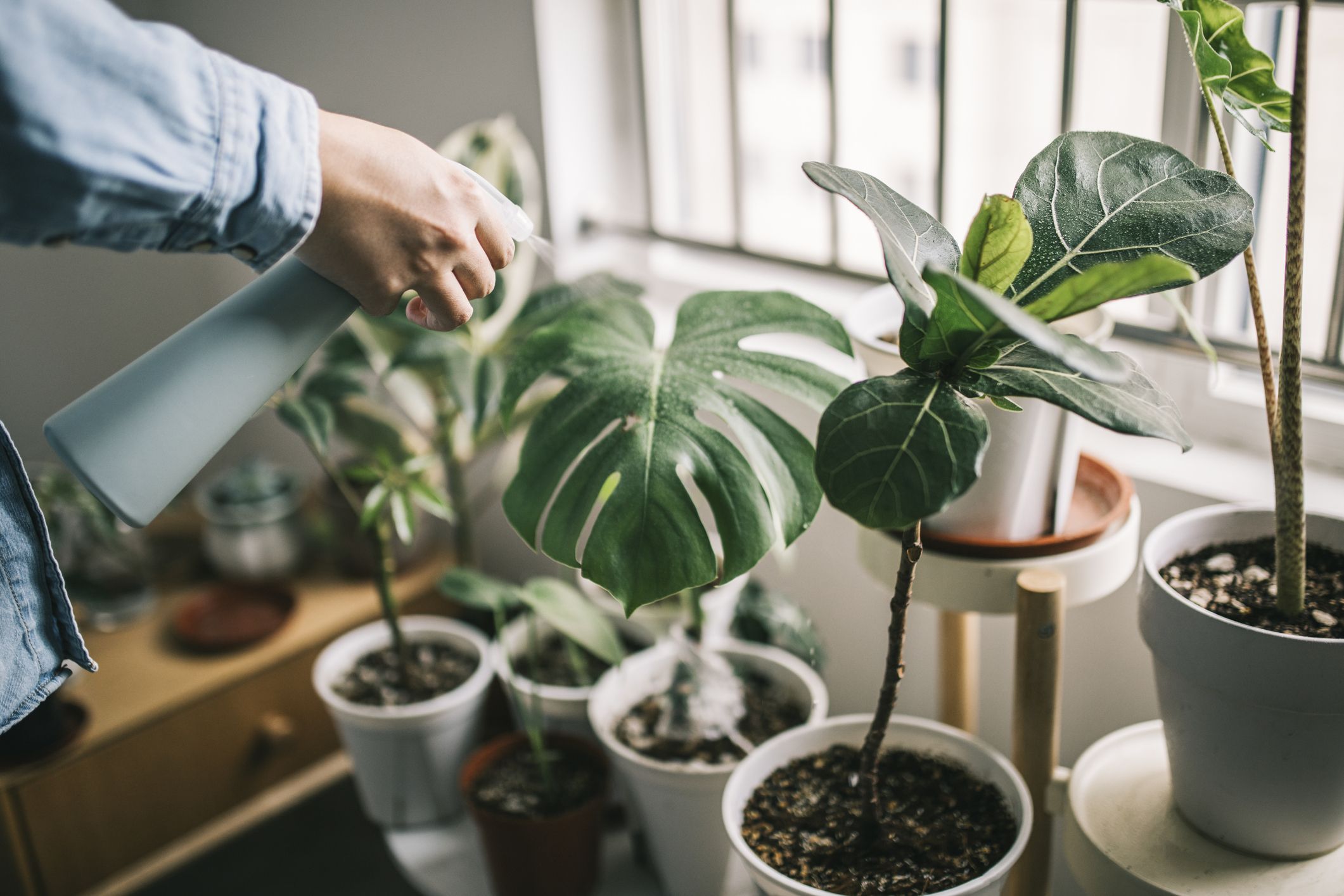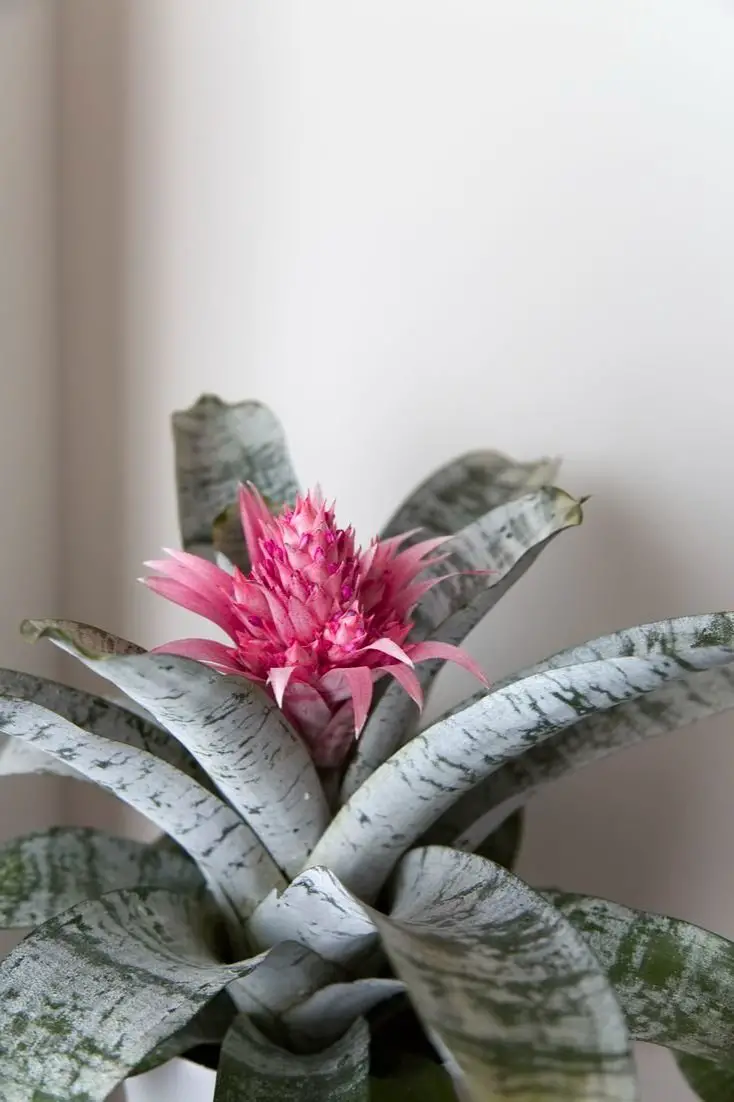The Cast Iron Plant is a large houseplant that doesn’t need light. It thrives in low-light conditions and is easy to care for.
The Cast Iron Plant, also known as Aspidistra elatior, is an excellent choice for rooms with little natural light. This hardy plant can tolerate neglect and still maintain its lush, green appearance. Its broad, dark green leaves add a touch of elegance to any space, making it a popular choice for both homes and offices.
The Cast Iron Plant is also known for its air-purifying qualities, helping to improve indoor air quality. It’s an ideal plant for those who want greenery without the hassle of constant maintenance.
Top Large House Plants For Dark Spaces
Not every home has bright sunlight. Some homes have dark spaces. Large house plants that do not need light can thrive in these areas. These plants are perfect for creating a green oasis in low-light conditions.
Zz Plant
The ZZ Plant is perfect for dark spaces. It has thick, waxy leaves that store water. This makes it very hardy and low-maintenance. ZZ Plants can survive in dim light and need little watering. They grow slowly but can reach a height of 3-4 feet.
Snake Plant
The Snake Plant is also known as the Mother-in-Law’s Tongue. It has tall, upright leaves that are green with yellow edges. Snake Plants are very tough and do not need much light. They can grow in dark corners and need only occasional watering.
Cast Iron Plant
The Cast Iron Plant gets its name from its durability. It has dark green leaves that grow up to 2 feet long. Cast Iron Plants can thrive in low light and are very low-maintenance. These plants can grow up to 3 feet tall, making them ideal for large spaces.
| Plant | Light Needs | Watering | Height |
|---|---|---|---|
| ZZ Plant | Low | Little | 3-4 feet |
| Snake Plant | Low | Occasional | 2-3 feet |
| Cast Iron Plant | Low | Low | Up to 3 feet |

Credit: www.housebeautiful.com
Care Tips For Low-light Plants
Low-light plants are great for homes with little sunlight. These plants thrive in dim rooms and require minimal light. Here are some care tips to keep them healthy and happy.
Watering Needs
Watering low-light plants can be tricky. They don’t need much water. Overwatering can harm them. Water the plants when the topsoil feels dry. Use a watering can with a narrow spout. This helps control the water flow. Avoid letting water sit in the pot’s saucer. Standing water can cause root rot.
Soil And Fertilization
Use well-draining soil for low-light plants. This prevents water from pooling. Choose a soil mix with perlite or sand. Fertilize the plants once a month. Use a balanced, water-soluble fertilizer. Dilute the fertilizer to half strength. Too much fertilizer can burn the plant roots.
Pest Control
Even indoor plants can get pests. Check the leaves and stems weekly. Look for tiny insects or webbing. Use a soft cloth to wipe the leaves. This removes dust and pests. If you find pests, use insecticidal soap. Spray the plant thoroughly. Avoid using strong chemicals. They can harm the plant and you.
Decorating With Large Low-light Plants
Large low-light plants are perfect for adding greenery to dim rooms. They thrive in areas with minimal sunlight. These plants are great for spaces like living rooms, bedrooms, and offices.
Living Room Ideas
Large low-light plants make living rooms cozy and inviting. Place a tall plant in a corner to create a focal point. Use plants like snake plants or ZZ plants. These are hardy and require little care.
- Position plants near windows with indirect light.
- Use decorative pots to match your decor.
- Mix different plant heights for visual interest.
Bedroom Placement
Bedrooms benefit from the calm of large low-light plants. They improve air quality and create a relaxing atmosphere. Try placing a plant like a peace lily near your bed.
| Plant | Best Placement |
|---|---|
| Peace Lily | Near the bed |
| Dracaena | In a corner |
Office Spaces
Large low-light plants can boost productivity in offices. They add a touch of nature to your workspace. Place a pothos plant on a shelf or desk.
- Choose a plant with easy maintenance.
- Ensure it fits your office space.
- Water the plant as needed.
Use plants with different leaf shapes and colors. This adds variety and keeps your workspace interesting. A well-placed plant can make a significant impact.

Credit: www.pinterest.com
Common Myths About Low-light Plants
Many believe that low-light plants are a myth. This is far from the truth. Several myths surround these plants, making people hesitant to try them. Let’s debunk some common myths about low-light plants.
Do They Really Survive?
Yes, low-light plants really survive. These plants adapt to low-light conditions. They have unique abilities to thrive with minimal light. Some even flourish in artificial light, like fluorescent bulbs.
Plants like the snake plant and ZZ plant are excellent examples. They can live in rooms with little to no natural sunlight. This makes them perfect for offices and rooms with few windows.
Do They Grow Slowly?
Low-light plants do grow slowly, but not all. Some low-light plants have normal growth rates. This depends on the species and care provided.
Here is a table showing the growth rates of common low-light plants:
| Plant Name | Growth Rate |
|---|---|
| Snake Plant | Slow |
| ZZ Plant | Moderate |
| Cast Iron Plant | Slow |
Providing the right care can enhance their growth. Ensure they have proper watering and occasional fertilizing. This helps in keeping them healthy and vibrant.
Choosing The Right Pot
Picking the right pot is crucial for your large house plant. It ensures healthy growth and adds to your home decor. Let’s discuss the essentials.
Size Matters
The size of the pot is very important. A pot that’s too small can restrict root growth. This can stunt your plant’s development. A pot that is too large can hold too much water. This can cause root rot.
| Plant Size | Pot Size |
|---|---|
| Small | 6-8 inches |
| Medium | 8-12 inches |
| Large | 12-16 inches |
Material Choices
The material of the pot affects plant health. Choose wisely. Here are some common options:
- Clay pots: Great for water drainage but can be heavy.
- Plastic pots: Lightweight and affordable but may retain too much water.
- Ceramic pots: Stylish and durable but often lack drainage holes.
Pick a pot with drainage holes. This prevents water from pooling at the bottom. Your plant’s roots will thank you!
Signs Of A Healthy Plant
Identifying the signs of a healthy plant is key to successful care. Whether you have a large house plant that doesn’t need light, monitoring its health ensures it thrives. Below, we explore some primary indicators.
Leaf Color
Healthy leaves have a vibrant color. For most plants, this means a rich green hue. Yellow or brown leaves can indicate issues like overwatering or pests.
| Leaf Color | What It Means |
|---|---|
| Deep Green | Healthy and thriving |
| Yellow | Possible nutrient deficiency |
| Brown | Overwatering or disease |
Growth Patterns
Observe how the plant grows. Steady, even growth is a good sign. If the plant is stretching or leaning, it may need attention.
- Steady growth: Indicates proper care and environment.
- Uneven growth: May indicate a need for adjustment.
- Leaning: Could suggest the plant needs support or more light.

Credit: www.architecturaldigest.com
Frequently Asked Questions
What Large Indoor Plant Doesn’t Need A Lot Of Light?
The ZZ plant thrives in low light conditions. It’s perfect for indoor spaces with limited sunlight. This resilient plant requires minimal maintenance, making it an ideal choice for busy individuals.
Is There A Plant That Can Survive Without Light?
No, plants cannot survive without light. They need light for photosynthesis, which is essential for their growth and survival.
What Is The Best Houseplant For A Dark Room?
The best houseplant for a dark room is the snake plant. It thrives in low light and requires minimal care. Another good option is the ZZ plant, which also tolerates low light and infrequent watering. Both plants improve indoor air quality.
What Are The Big Easy Low Light Plants?
Big easy low light plants include Snake Plant, Pothos, ZZ Plant, and Peace Lily. They thrive with minimal light.
Conclusion
Choosing large house plants that don’t need light can transform your living space. These plants thrive in low-light conditions and are easy to maintain. Enhance your home’s aesthetic and health benefits without worrying about sunlight. Embrace the beauty of greenery in any room, regardless of light availability.
Start your low-light plant journey today!

My mission is to help you bring the beauty of nature indoors with expert advice, detailed plant care guides, and creative design ideas.





Leave a Reply